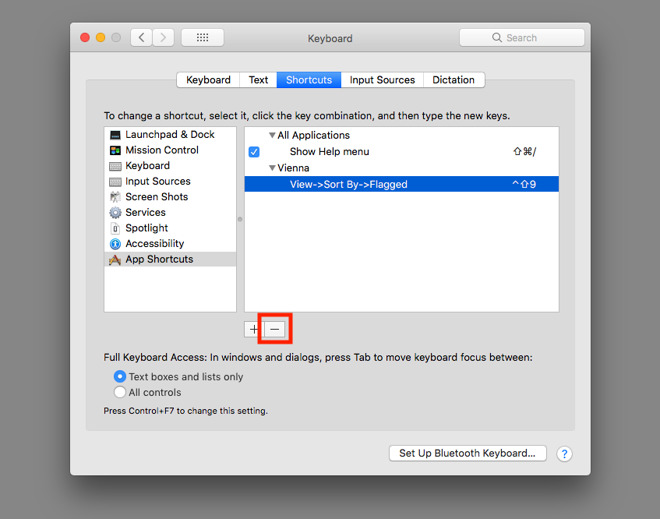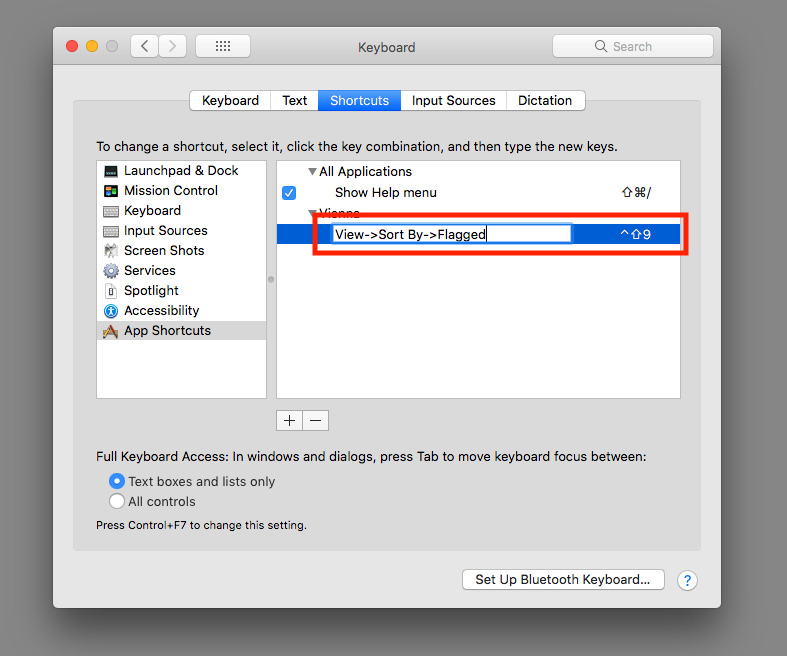

- HOW TO DOWNGRADE MAC OS TO SIERRA WITH KEYBOARD MAC OS X
- HOW TO DOWNGRADE MAC OS TO SIERRA WITH KEYBOARD FULL
- HOW TO DOWNGRADE MAC OS TO SIERRA WITH KEYBOARD SOFTWARE
- HOW TO DOWNGRADE MAC OS TO SIERRA WITH KEYBOARD PASSWORD

HOW TO DOWNGRADE MAC OS TO SIERRA WITH KEYBOARD PASSWORD

To to Finder and launch Terminal, type: - sudo /Applications/Install\ macOS\ High\ Sierra.app/Contents/Resources/ createinstallmedia -volume /Volumes/MyVolume - applicationpath /Applications/Install\ macOS\ High\ Sierra.app and hit Return. Quit Disk Utility when the process is done.ģ. 2. Rename the USB drive as "MyVolume" and choose APFS or Mac OS Extended as the format, click Erase.Plug an external USB drive (with 16GB min), launch Disk Utility, and select the USB drive, click Erase. Make sure that you've followed the right guide for downgrading the Mac system.) Downgrade macOS (e.g: Downgrade macOS Mojave to High Sierra)
HOW TO DOWNGRADE MAC OS TO SIERRA WITH KEYBOARD MAC OS X
Then follow the below steps to downgrade Mac OS now: (The ways to download new macOS and old Mac OS X are different. And if you have no backups of your current macOS or Mac OS, use Time Machine to back up your important data first and the system first. This method is set for users who have no Time Machine backups.

Create USB Boot Drive and Revert Back to Old macOS or Mac OS X It will usually take a few hours or all day long, depending on how much data need to be restored. Then all you need is to wait for the computer to restore and gain Yosemite again. Select the main disk drive where the backup was stored and it is usually named Macintosh HD. Click Restore. Choose the most recent data and time when the Mac was still running the current macOS. Insert the hard drive used for Time Machine and choose to Restore from Time Machine Backup under OS X Utility, choose the inserted hard drive. Start or restart your Mac and hold command + R keys to enter the Recovery Mode, or hold the Option/Alt and then choose the Recovery option. If you haven't created such a backup, please jump to Method 2 to downgrade Mac OS. So if you have created backups for your Mac data and macOS, follow the below steps for a guide. This method is designed for those users who have used Time Machine to back up their Mac data including the Mac OS when it was running the previous old system. Notice: This method applies to downgrade macOS: Big Sur to Catalina, Catalina to Mojave, Mojave to High Sierra, High Sierra to Sierra and downgrade Mac OS X: Yosemite to El Capitan, etc. Downgrade macOS or Mac OS X with Time Machine Here, you'll find two methods for you to downgrade macOS without losing data and you can choose either one as a guide. After backing up all data, then you can start to revert macOS with ease. Open the Mac disk and click "Users" file folder > Select all files and data that you want to back up and drag to the My Backup file folder.Open the backup disk and create a file folder and name it, for example, "My Backup".Click "Finder" > "Preference" > Check "Hard disks box" under Show these items on the desktop.If you prefer to use Time Machine, here are the details:
HOW TO DOWNGRADE MAC OS TO SIERRA WITH KEYBOARD SOFTWARE
You can either choose third-party Mac backup software to back up Mac data to an external hard drive at once or choose Time Machine to back up all wanted data with ease.Ĭonsidering data security, it's also highly recommended for you to backup all important data into an external hard drive. It's highly recommended for you to back up all important Mac data first before you start downgrading Mac OS to an older system. Tip: Backup Mac data before downgrading macOS or Mac OS X Methods on this page can be applied to all Mac systems including the latest Big Sur, Catalina, Mojave, High Sierra, Sierra, and old Mac OS El Capitan, etc.
HOW TO DOWNGRADE MAC OS TO SIERRA WITH KEYBOARD FULL
Full stepsĪfter reverting macOS or Mac OS X, run EaseUS Mac file recovery software > Scan and recover lost data. Full stepsīack up data first > Plug in USB and launch Disk Utility > Erase USB > Rename it as "My Volume". Start Mac and hold Command + R keys > Enter Recovery Mode > Insert Time Machine drive.


 0 kommentar(er)
0 kommentar(er)
